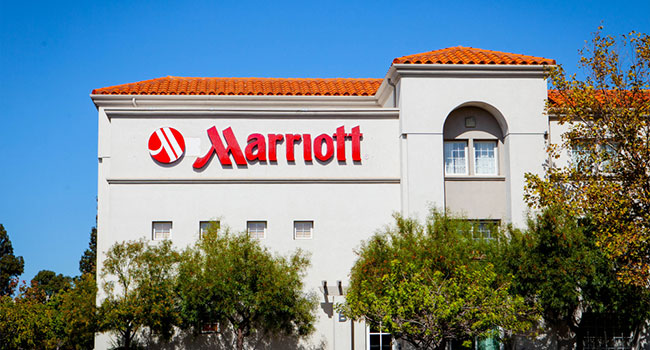
One Year After Pledge, More Than 5,000 Hotel Properties Have Deployed Safety Devices For Employees
Large hotel chains adopted new measures to combat sexual harassment and increase safety for workers in the wake of the #MeToo movement.
- By Haley Samsel
- Oct 09, 2019
One year after the hotel industry announced a pledge to increase security for its employees and protect against sexual harassment, more than 5,000 properties have deployed safety devices this year with another 15,000 properties planning to do the same in 2020.
In 2018, executives from Marriott, Hyatt, Hilton, IHG and Wyndham announced that their companies would adopt the 5-Star Promise, a series of actions aimed at decreasing sexual harassment of employees by colleagues or guests. While 17 companies originally signed on to the pledge, a total of 56 have now said they will work to adopt the policies, according to the American Hotel and Lodging Association.
“I’m proud of the progress we have made as an industry over the past year, and we will continue our efforts to ensure America’s hotels are safe places for all those who work in and visit them,” Chip Rogers, the president and CEO of AHLA, said in a statement.
Those five actions included developing industry-wide training materials on safety, security and sexual harassment; implementing mandatory anti-harassment policies available in multiple languages; providing ongoing training on sexual harassment; broadening partnerships with organizations that fight human trafficking and sexual violence; and providing employees with safety devices to help them feel secure while on the job.
That last promise was the focus of the AHLA’s announcement on Monday. Labor union leaders have been calling for the distribution of safety devices for years, but also told The Los Angeles Times that they were concerned about which products the hotel chains were distributing. Some may offer electronic panic buttons that employees could call for help regardless of their location, and others might be distributing devices that make loud noises, including whistles.
“It’s a step in the right direction but it’s no guarantee to bring help unless it’s a real panic system,” said Kurt Petersen, a spokesman for Unite Here Local 11, a union representing 30,000 workers in hotels, airports, restaurants and more in California and Arizona.
In the AHLA’s announcement, the organization said that participating properties are determining the best security devices according to their specific circumstances. Some of the options range from devices with loud noise emitting features to emergency GPS trackers, according to the statement.
“This approach reflects the segmented and diverse nature of the hotel industry as well as the considerable structural differences in building design and layout, construction materials and WiFi network capabilities within the industry,” the statement reads.
Rosanna Maietta, a spokesperson for the AHLA, told the Times that she does not know a hotel company that is only giving employees whistles to address the harassment issue.
“Every solution will differ per property based on the needs of the employees and the type of hotel, so a hotel on the side of a highway will have a different solution than a high-rise in Manhattan,” Maietta said.
Panic buttons are required in some parts of the country, including Washington, D.C., Seattle, New York and Chicago. Other cities in California are considering the initiative, and Long Beach approved the measure in November 2018.
About the Author
Haley Samsel is an Associate Content Editor for the Infrastructure Solutions Group at 1105 Media.